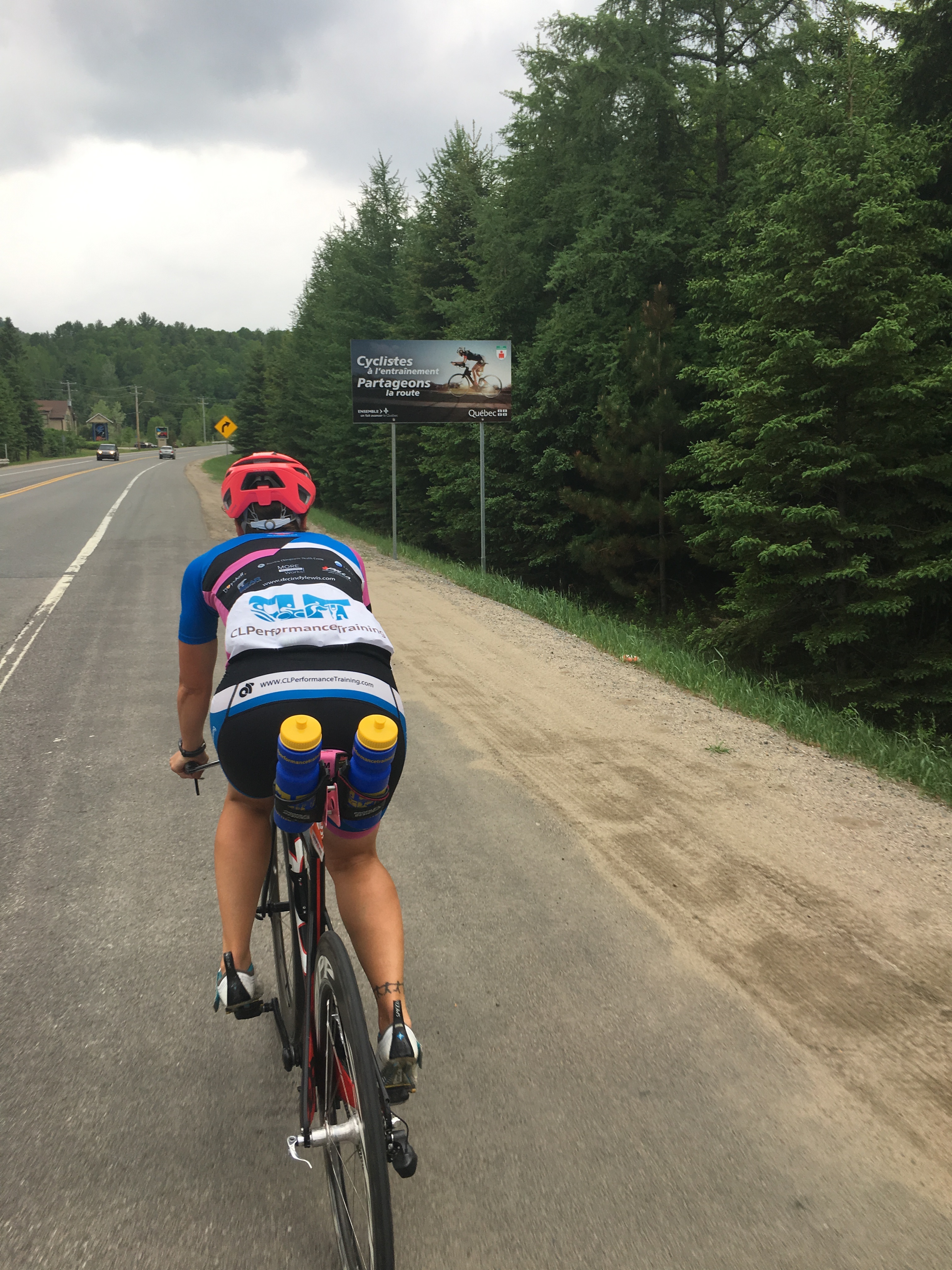It’s bound to happen. At some point, triathletes give some consideration to taking on the challenge of doing a half or full iron distance race. Many commit and begin without giving it too much thought while others explore the idea for a while before making the commitment…or decide it’s not for them. Here are some things to consider when making that decision to transition to long distance triathlon racing:
Training Time
The most obvious difference is the amount of time required to do the training, especially for the long workouts – which for most athletes means the weekend. Workout durations during the week don’t need to change too much for individual workouts, though there will be more double workout days. But as training progresses for both half and full ironman, weekends will be fully invested into training.
Scheduling & Logistics
Fitting training sessions around commitments and life events becomes progressively challenging. Even if work weeks are flexible and training time is available, the periphery activities required to support the training also has to be considered. Keeping up with work, family, home and social tasks along with training will take some planning. Getting organized and planning ahead are two activities not included in a coach’s training plan, but can make or break an athlete’s success.
Rest & Recovery
The physical demand of training for these distances means the body needs adequate rest and recovery time. It can be challenging to prioritize sleep after a day that starts with an early swim before work, commuting, family time and dinner, strength work, and preparing for the next day’s early ride, run off the bike and doing it all over again.
Fuel & Hydration
Hydration and fueling are always important, and they become even more important when it comes to longer distance racing. An athlete needs to train the gut to accept the amount of nutrition that is needed during workouts and racing, just like they have to train their body. Fueling properly within each specific workout will result in more success during the workout and better recovery afterwards so that the next workouts on the schedule are also a success.
Strength Work, Stretching & Therapy
Without strength work and stretching, the demand put on muscles to perform well for a long time will inevitably lead to weakness, imbalance and injury. Many triathletes lose sight of their strength and stretch workouts as soon as outdoor training begins and this is when injuries happen more frequently. The increased effort of swimming in open water, cycling longer distances on hills with wind, then running in the heat – without maintaining functional mobility, can mean the start of chronic issues or injuries.
Financial & Emotional Toll
Triathlon is an expensive sport, regardless of how sparse an approach an athlete takes – and the price tag goes up with the distance. Aside from race entry fees, accommodations and working with a good triathlon coach (!), there are costs that occur on a weekly basis that start to add up. Grocery budgets are impacted by adding nutrition in the form of sport drink and gels, plus the increased volume of snack food or meals required for ‘on the go’ fuel. Massage, chiropractic and/or physical therapy is an important part of a training and recovery plan to keep muscles and problem spots functioning properly. Bike maintenance will be required more frequently with the added training volume, and inevitably one piece of equipment will need to be replaced or upgraded.
For some, the emotional cost is even higher when partners and families aren’t actively supporting the process. Training for a longer distance triathlon often means the athlete’s entire life is centered on the training, which leaves less time and energy for being involved with family, friends, work and other social obligations. Travelling for work and maintaining a weekly training schedule can be done, but takes a lot of planning, compromise and sometimes courage to do a long run in an unfamiliar location.
Physical & Behavioral Changes
Training for triathlon will undoubtedly have a positive effect on the physical body in terms of strength and body composition. A runner may find that they will develop more muscle in the upper body. A cyclist may find a change in their quads and glute muscles. However, there are some less than desirable things that may take place as well, and some that are just plain funny to consider! An athlete may find that they are running around with goggle marks around the eyes and taking care of skin that is drier from the chlorine in the pool. Fitting in workouts before work or at lunch means more bad hair days or ponytails, and wardrobes start to include clothes that are more ‘gym bag friendly’. Make up starts to be less important and sensible shoes become more appealing. Bodily functions that had been previously reserved for private spaces with tissue lose their dignity quickly, and become categorized as cycling skills. And changing behind a bush or between two car doors becomes a furtive art form. The line between normal and unthinkable starts to blur.
Is It Worth It?
Completion of a 70.3 or Iron distance race is an accomplishment that is unique to every athlete. The motivation to train, the perseverance required to complete it, and their ultimate reward is highly personal. Is it worth it? That depends entirely on what went into making the commitment in the first place and what compels the athlete to follow through.
Being prepared for what to expect is an important place to start!



